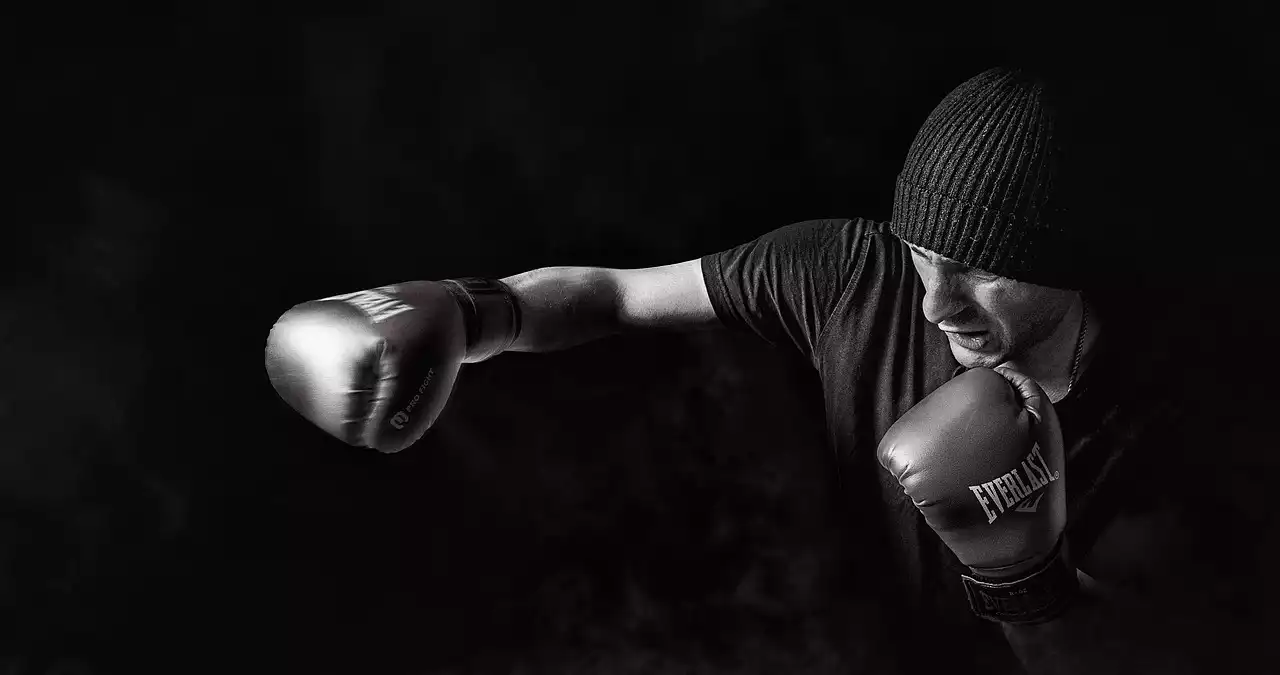The importance of a proper stance in kickboxing
A proper stance is crucial for kickboxing as it provides a strong foundation for your strikes and allows you to maintain balance and mobility. A good stance helps you generate power in your strikes, move quickly and smoothly, and effectively defend yourself against your opponent's attacks.
A proper stance also helps prevent injury to your feet, ankles, knees, and hips, which are all susceptible to injury in kickboxing. A strong stance allows you to absorb the impact of strikes and move efficiently without putting unnecessary strain on your joints.
Furthermore, a proper stance helps you conserve energy during a fight by reducing unnecessary movements and increasing your overall efficiency. A good stance allows you to stay relaxed and focused during a fight, which is essential for success in the ring.
Kickboxing Basics: The Importance of the Fighting Stance
The key elements of a proper kickboxing stance
There are several key elements to a proper kickboxing stance. Firstly, you should stand with your feet shoulder-width apart, with your toes pointing slightly outward. This provides a stable base and allows you to generate power in your strikes.
Your weight should be evenly distributed between both feet, with your hips and shoulders facing your opponent. Your knees should be slightly bent, and your core should be engaged to maintain balance and stability.
Your hands should be held up in front of your face, with your elbows tucked in to protect your ribs. Your chin should be tucked in, and your eyes should be focused on your opponent.
The Perfect Kickboxing Stance l Kickboxing For Beginners
Common mistakes to avoid in your kickboxing stance
There are several common mistakes that people make when it comes to their kickboxing stance. One of the most common mistakes is standing with your feet too close together, which can make you unstable and limit your mobility.
Another common mistake is standing with your weight too far forward, which can make you susceptible to being pushed off balance by your opponent's strikes. Additionally, standing with your chin up or your hands down leaves you vulnerable to strikes to the head and body.
Finally, leaning too far forward or backward can also throw you off balance and make it difficult to move and strike effectively.
The CORRECT Fighting Stance: Foot, Body and Hand Placement
Tips for maintaining your kickboxing stance during training and sparring
Maintaining a proper kickboxing stance requires practice and discipline. One effective way to maintain your stance is to focus on your footwork. Your footwork should be light and quick, with small steps that allow you to move easily and maintain balance.
Another tip is to keep your focus on your opponent's movements, rather than getting distracted by other things in the ring. This helps you stay alert and ready to react to their strikes.
Finally, it's important to stay relaxed and maintain proper breathing during training and sparring. Tension in your body can cause you to lose balance and become more susceptible to strikes.
Drills to improve your kickboxing stance and footwork
There are several drills that you can do to improve your kickboxing stance and footwork. One effective drill is the ladder drill, which involves stepping in and out of a ladder on the ground. This drill helps improve your footwork and agility.
Another effective drill is shadowboxing, which involves practicing your strikes and footwork without a partner. This helps you focus on your technique and maintain proper form.
Finally, sparring with a partner can also help improve your stance and footwork, as it allows you to practice reacting to your opponent's movements and strikes.
The role of foot positioning in your kickboxing stance
Foot positioning is a crucial aspect of your kickboxing stance. Your feet should be positioned in a way that allows you to move quickly and generate power in your strikes.
Your lead foot should be positioned slightly ahead of your rear foot, with your weight evenly distributed between both feet. This allows you to move quickly and maintain balance.
Additionally, the positioning of your feet can affect the angle of your strikes. For example, standing with your lead foot slightly turned inward can help you generate more power in your roundhouse kick.
Advanced techniques for using your stance to your advantage in the ring
Once you have mastered the basics of your kickboxing stance, there are several advanced techniques that you can use to your advantage in the ring. One technique is to use your stance to bait your opponent into making a move, allowing you to counter their strikes effectively.
Another technique is to use your stance to control the distance between you and your opponent. By using your footwork to move in and out of range, you can create openings for strikes and avoid your opponent's attacks.
Finally, you can use your stance to set up combinations and feints, making it more difficult for your opponent to predict your next move.
Common misconceptions about the kickboxing stance
There are several common misconceptions about the kickboxing stance. One misconception is that you should always stand with your dominant foot forward. In reality, it's important to switch up your stance to keep your opponent guessing and maintain balance.
Another misconception is that your stance should always be the same for every strike. In reality, the positioning of your feet can affect the angle and power of your strikes, so it's important to adjust your stance accordingly.
Finally, some people believe that a wide stance is always better for power generation. In reality, a wide stance can limit your mobility and make you more susceptible to being pushed off balance by your opponent's strikes.










